Restaurant Chains Ruined by Over Expansion
Proving there really is such a thing as too much of a good thing, these are the restaurant chains ruined by over expansion.
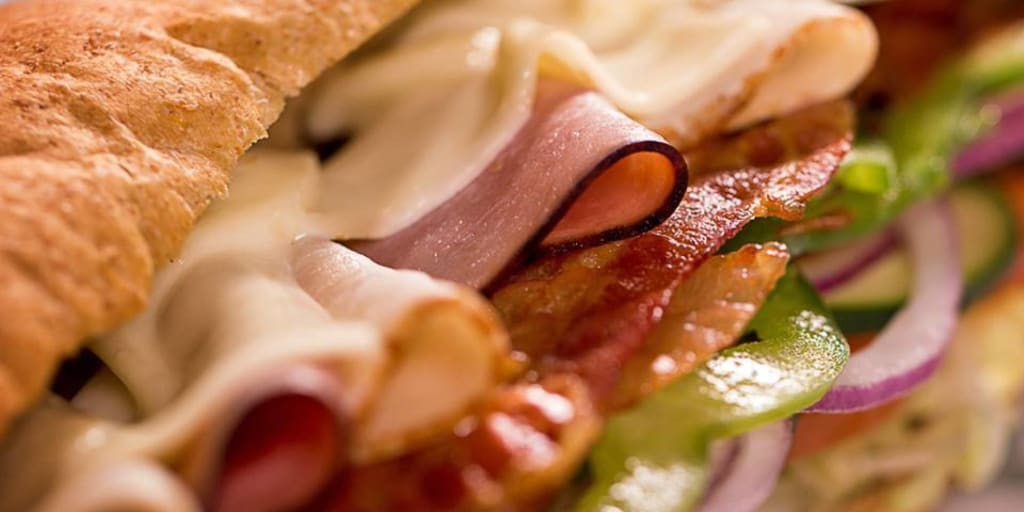
Everyone you've ever met knows what a Starbucks looks like, or what a McDonald's looks like. These fast food restaurant chains are infamous for being in almost every town - and in some cases, on almost every corner. They are ubiquitous, and they are so well known throughout the world that they often become synonymous with America, fast food, or a certain portion of the population.
For the most part, growing your number of franchises, having more people get a license to operate a portion of your chain, and even expanding your menu can be great things. However, there really is such a thing as too much of a good thing.
How much over expansion you can have before everything turns toxic varies from business to business. Sometimes, they find out the hard way that they may be overstepping bounds. The following are restaurant chains ruined by over expansion, and they ended up suffering greatly when they over expanded in one way or another.
Krispy Kreme
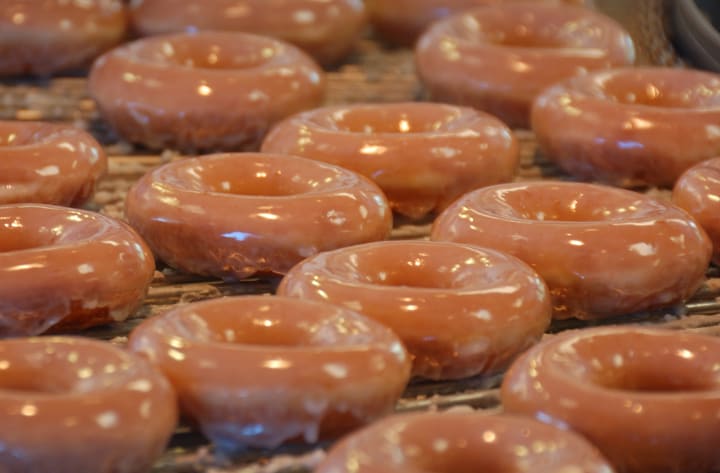
This favorite upscale donut shop has a lot of fans these days, but the entire franchise almost ended up dying out shortly after 2000. When the donut company had first gone public as a traded business, people began to snap up shares. Its original $10 share price skyrocketed to $50, and stores began to open everywhere.
Unfortunately, they were opening up a ton of stores during the middle of the Atkins diet fad. This in turn ended up causing many of the stores to end up running into hard times, which in turn caused many of the stores to close. The SEC also had to investigate financial problems, which in turn made the stock drop to an all-time low of $1 in 2009.
This time around, Krispy Kreme took its time to expand carefully and work its market into a more populous area first. The end result is a current stock price in the high teens and a newfound strength.
Chevy's Fresh Mex
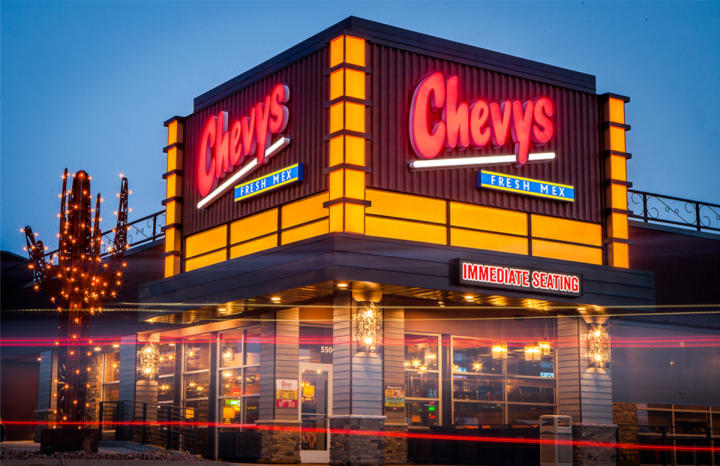
To a point, it's easy to see why Chevy's had become such a favorite among diners. It has super sugary $3 margaritas, and that alone makes it a good choice for those who like to drink on the cheap. Though it never was really the top Mexican chain out there, it still had quite a bit of success.
In 2005, it was publicly bought by Real Mex restaurant group. Chevy's became one of the many restaurant chains ruined by over expansion when it expanded to a total of 100 different locations. Unfortunately, it happened too fast, and many places they chose to open either already had a Mexican restaurant people preferred or had been too saturated to have it compete.
Making it worse was the fast casual chain Chipotle, which had a lower cost of operation, faster food, and more attraction to the Millennial spending group.
Within a matter of years, the 100 new locations shrank to 25. In 2011, the losses caused Real Mex to go bankrupt. Almost all corporate-owned venues are now closed, and the ones that remain are operated by franchisees.
Most people now recognize Howard Johnson's as that weird hotel chain that is kind of a relic of earlier days in the 1950s. To a point, they would be correct. As of right now, almost every single venue with the Howard Johnson's name and license is a hotel.
But, it didn't always used to be this way.
Rather, Howard Johnson's used to be more well known as a food chain back in the 1960s. These once hot restaurants were seen in every single corner of America - and they were known for having a huge share of the market. In fact, it was one of the top chains in the nations well into the 1970s.
So, what happened? Tastes began to change. People began to have diverging ideas of what a good meal was supposed to be. Some wanted Irish-style pot pies. Others wanted seafood, while more wanted steaks.
Howard Johnson's tried to accommodate people's changing palates by expanding the menu. Unfortunately, the menu's overexpansion caused prices to become higher than they should be. The chain itself became a jack of all trades - but a master of none.
As it waned in popularity due to the insane menu and poor quality food, the hotel ended up being the chain's saving grace. As of right now, the restaurant chain has been declared extinct.
Cosi
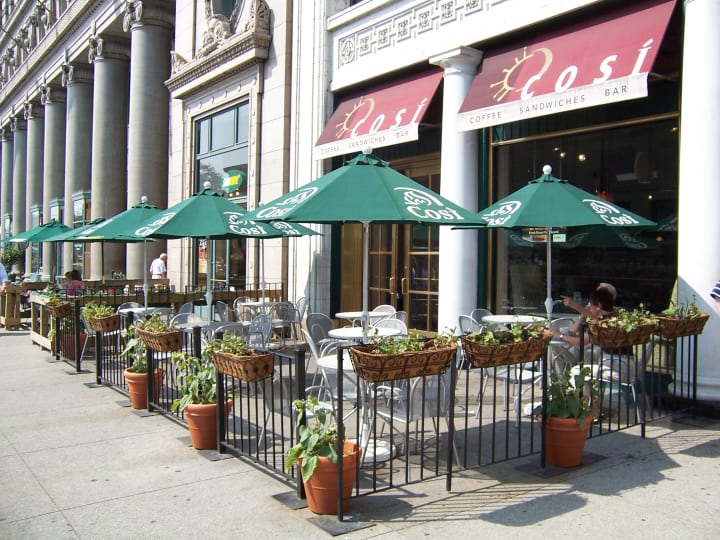
If you're a fan of the fast-casual boom we've been seeing in the restaurant industry, then you probably already recognize Cosi as the hip, trendy fast-casual restaurant that dabbled in soup, muffins, sandwiches, and coffee. The premise behind Cosi is simple - fresh food, healthy options, and a cool setting.
What could go wrong? Well, Cosi recently declared bankruptcy, citing overexpansion as the primary reason for being unable to make ends meet. Currently, the bankruptcy procedures has caused the chain to shutter 29 stores over the course of a year.
The chain is still going strong, but it's safe to say that the terms of its current existence are probably going to change.
Subway
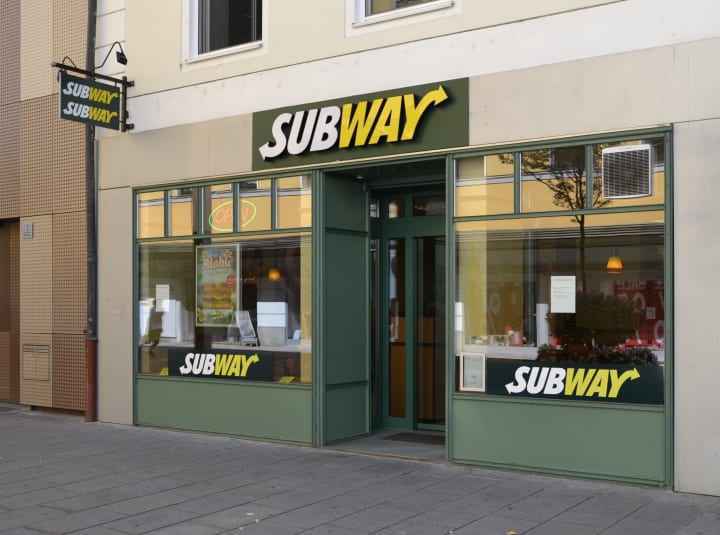
Subway is currently the top sandwich chain in the United States, but that doesn't mean that it's not a victim of its own success, and one of the many restaurant chains ruined by over expansion. As of right now, the company is rapidly expanding and opening stores in many smaller towns throughout the state.
That being said, reports are suggesting that the chain is currently feeling burdened by the demand to open up more and more stores. Should the report claims be true, this fast food chain may end up closing a number of stores due to its now-oversaturated market.
Oh, and a fun fact - there are more Subway fast food restaurants than there are McDonald's in the United States right now. So, this overexpansion could be legitimately dangerous for the chain.
Big Boy
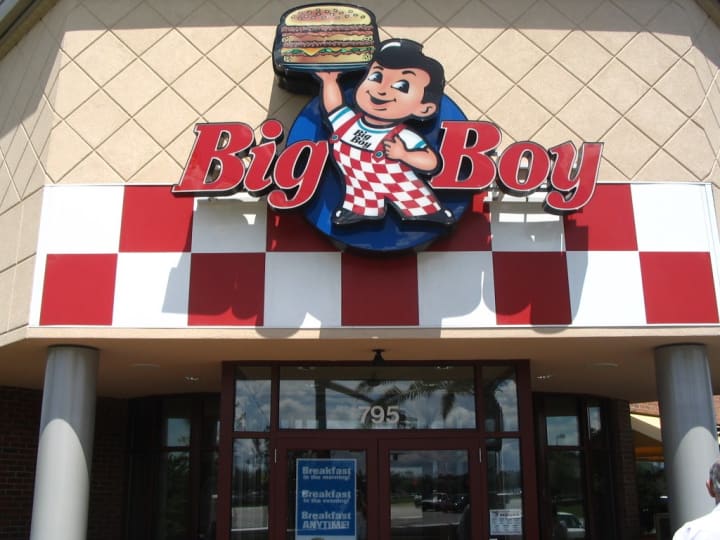
Also known as Bob's Big Boy, this once-famous country chain had recently filed for bankruptcy, citing problems with keeping expansions up to date. The restaurant, which is most commonly known for its double-decker sandwiches and brief appearance in the Austin Powers movie series, chose to expand rapidly as more urban, freshness-focused options rose to popularity.
With poorly-planned expansions in locations that simply don't make sense considering its menu, Big Boy ended up declaring bankruptcy in 2000. By 2010, only 141 restaurants still remain in this chain.
Chi-Chi's
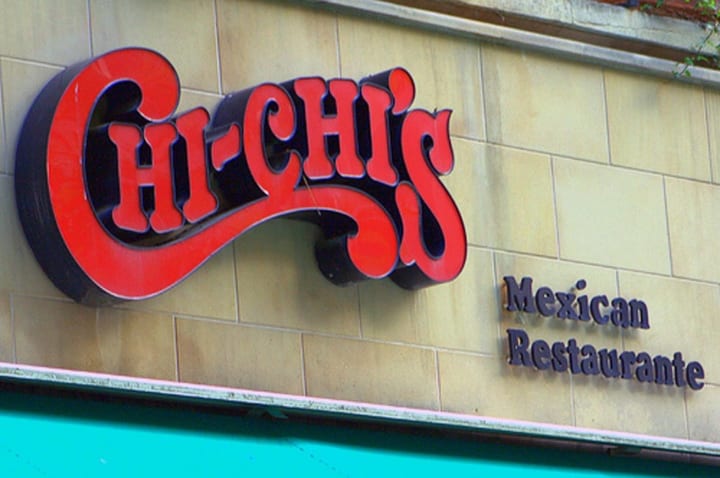
Chi-Chi's was, at one point, the top Mexican chain restaurant in the United States. It was bigger than Chevy's and even at one point, rivaled Taco Bell in terms of loyal fanbases. By 1985, they had 237 restaurant locations throughout the Midwest, and 1986 had dozens of restaurants open up bearing the Chi-Chi's moniker.
However, the overexpansion was a poorly timed and awfully strategized one. Chi-Chi's menu wasn't actually that good compared to most other chains. The reason they expanded so much was because they had no other competitors in the Midwest.
As they tried to open venues in more populous neighborhoods like New York City and Miami, the restaurant chain quickly discovered that the food they were serving up couldn't compete.
Making matters worse, their demographic began to age, which in turn began to cause them to fall out of sync with the restaurant's vibe. Major city chains ended up slowly overtaking market share.
In 2003, the last handful of Chi-Chi's chains got done in after a listeria outbreak that caused over 660 diners to fall ill, with 4 people eventually dying. Nowadays, it's a mediocre brand of salsas - no listeria included.
Lum's Hot Dogs
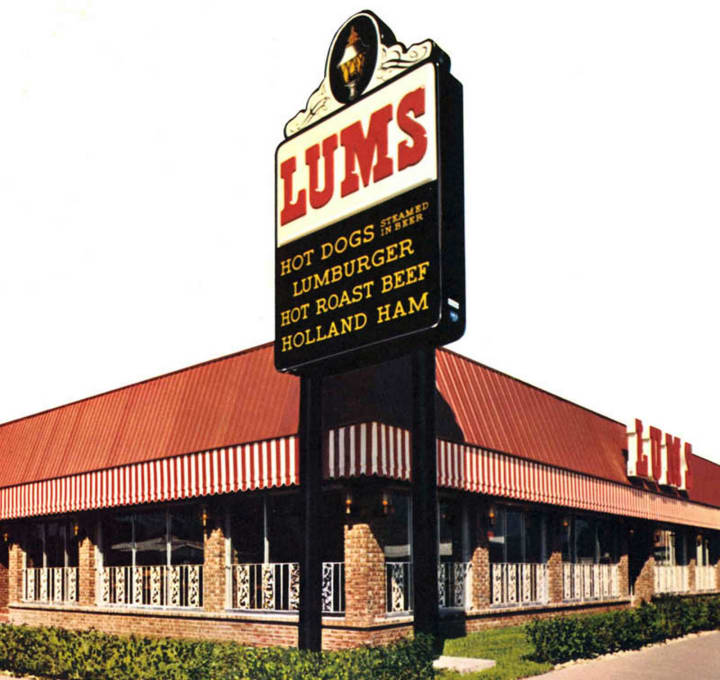
This Miami-based hot dog chain was the bee's knees back in the 1960s and 1970s. This particularly old school restaurant chain was known for having hot dogs steeped in beer, mysteriously delicious treats called Olliburgers, and commercials starring TV maverick Milton Berle.
Those who went to the chain said that their fried clams were amazing, and that it was a "classier place than McDonald's." It sounds great, right? By 1970, Lum's hot dogs had over 400 different locations throughout the United States - a massive number at that time.
The original owners of Lum's, according to Wikipedia, got out of business a decade after they opened up shop. The Lum's chain ended up buying Ceasar's Palace casino in Las Vegas, and then sold the food chain side to the group that owned KFC.
It once again changed hands to Wienerwald Inc, who promptly tried to expand. However, the company overexerted itself and became one of the many restaurant chains ruined by over expansion. Lum's quietly shuttered all of its doors - save for one lone location in the middle of Nebraska.
About the Creator
Riley Raul Reese
Riley Reese is comic book fanatic who loves anything that has to do with science-fiction, anime, action movies, and Monster Energy drink.






Comments
There are no comments for this story
Be the first to respond and start the conversation.